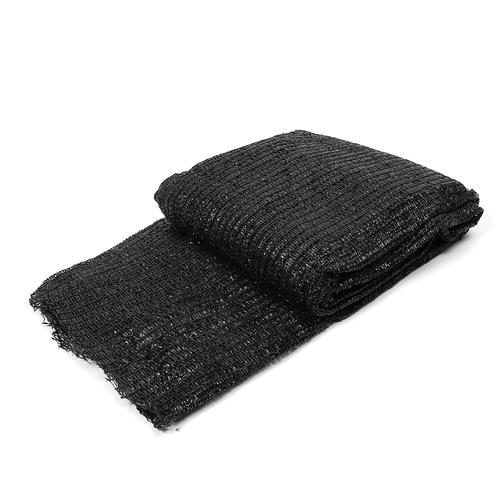Best Shade Cloth for Your Vegetable Garden: A Comprehensive Guide
When it comes to growing a healthy vegetable garden, managing the amount of sunlight your plants receive is crucial. Too much sun can scorch your plants, while too little can hinder their growth. That's where shade cloth comes in—a versatile tool for controlling sunlight exposure. But what is the best shade cloth for a vegetable garden? Let's explore the options.

Understanding Shade Cloth
Shade cloth is a fabric that helps filter sunlight, providing the right balance of light and shade for your garden. It comes in various densities, measured as a percentage, indicating how much sunlight the cloth can block. For example, a 30% shade cloth blocks 30% of the sunlight, while a 70% shade cloth blocks 70%.
Factors to Consider When Choosing Shade Cloth
-
Shade Percentage: Different vegetables have varying light requirements. Most vegetables thrive under a 30% to 50% shade cloth. This range provides enough light for photosynthesis while protecting plants from the intense midday sun.
-
Material: Shade cloths are typically made from knitted polyethylene or woven polyester. Knitted polyethylene is durable, lightweight, and resistant to tearing, making it an excellent choice for garden use.
-
Color: Shade cloths come in various colors, with black and green being the most common. Green shade cloth blends well with the garden environment, while black offers slightly better UV protection.
-
Durability: Look for shade cloths with UV stabilization to ensure they withstand prolonged sun exposure without degrading. High-quality shade cloth can last several years, providing consistent protection for your plants.
Best Shade Cloth for Vegetable Gardens
For most vegetable gardens, a 30% to 50% shade cloth made of knitted polyethylene is ideal. Here’s a closer look at why this range works well:
-
30% Shade Cloth: This is suitable for plants that require a lot of sunlight, such as tomatoes and peppers. It provides some protection during the hottest part of the day while still allowing ample light for growth.
-
40%-50% Shade Cloth: This is great for more delicate vegetables like lettuce, spinach, and other leafy greens. It offers more protection from intense sunlight, preventing leaf burn and reducing water loss.
Installing Shade Cloth
Proper installation is key to maximizing the benefits of shade cloth. Here are some tips:
-
Frame or Structure: Install the shade cloth on a sturdy frame or structure that can withstand wind and other weather conditions. A simple hoop house or garden stakes can work well.
-
Positioning: Position the shade cloth to provide coverage during the hottest part of the day, typically between 10 a.m. and 4 p.m. Ensure there is enough space between the cloth and the plants to allow for air circulation.
-
Adjustability: Consider a setup that allows you to adjust or remove the shade cloth as needed. This flexibility can help you adapt to changing weather conditions and plant growth stages.
Benefits of Using Shade Cloth
- Prevents Sunburn: Protects plants from excessive sun exposure, reducing the risk of sunburn and heat stress.
- Conserves Water: Reduces evaporation, helping to maintain soil moisture and reduce watering frequency.
- Extends Growing Season: Allows you to grow cool-season crops during warmer months by providing a cooler microclimate.
- Improves Plant Health: Ensures optimal light conditions, promoting healthy growth and higher yields.
In conclusion, the best shade cloth for your vegetable garden depends on the specific needs of your plants. Generally, a 30% to 50% knitted polyethylene shade cloth offers a good balance of light and protection, making it suitable for a wide range of vegetables. With the right shade cloth, you can create a thriving garden that produces healthy, bountiful crops.
By following these guidelines, you can choose the best shade cloth for your vegetable garden, ensuring your plants receive the optimal amount of sunlight for growth and productivity. Happy gardening!

